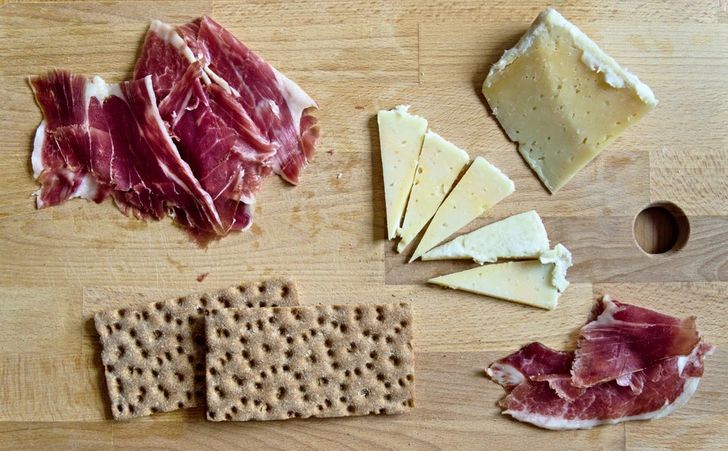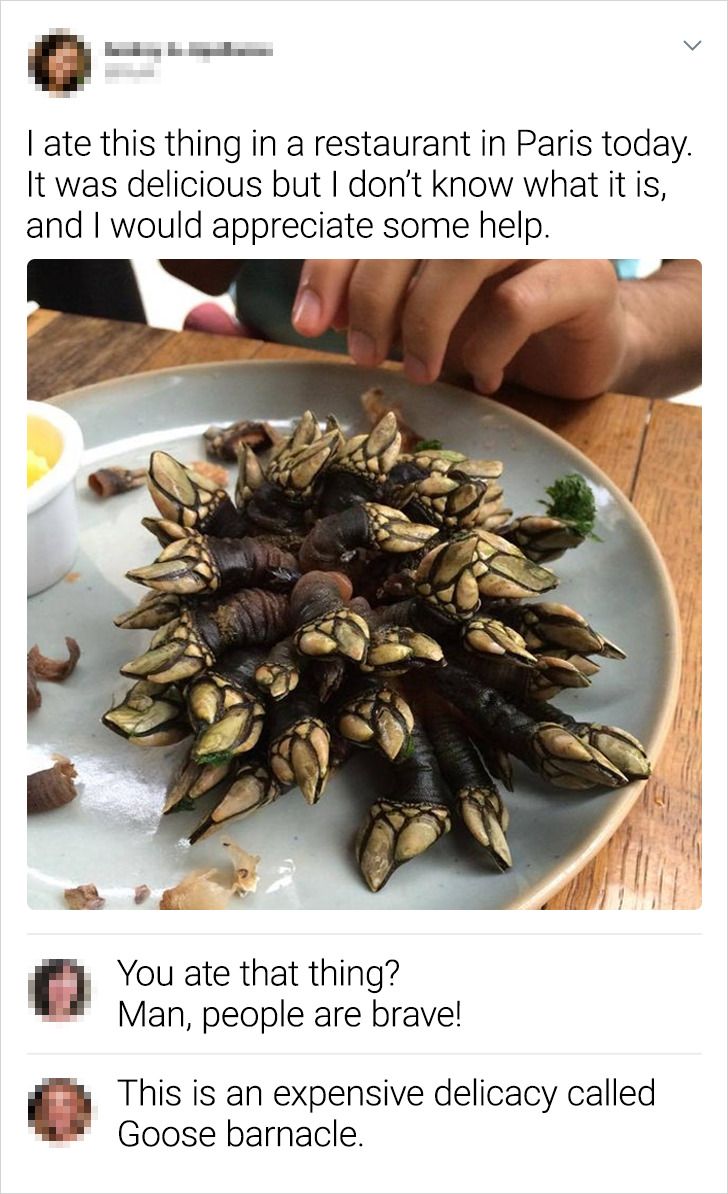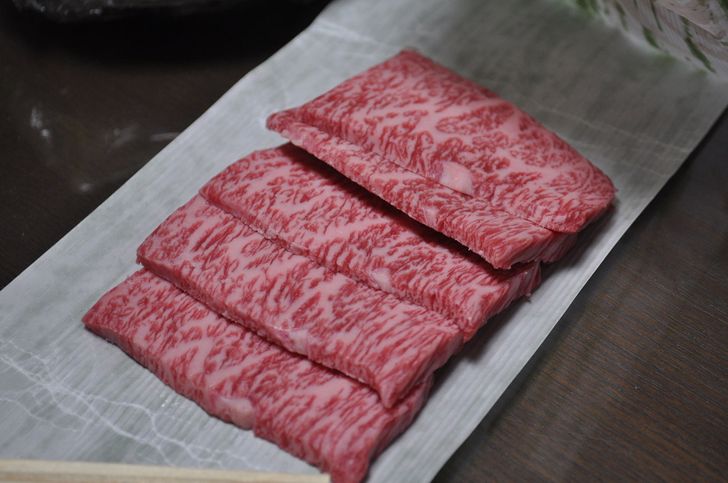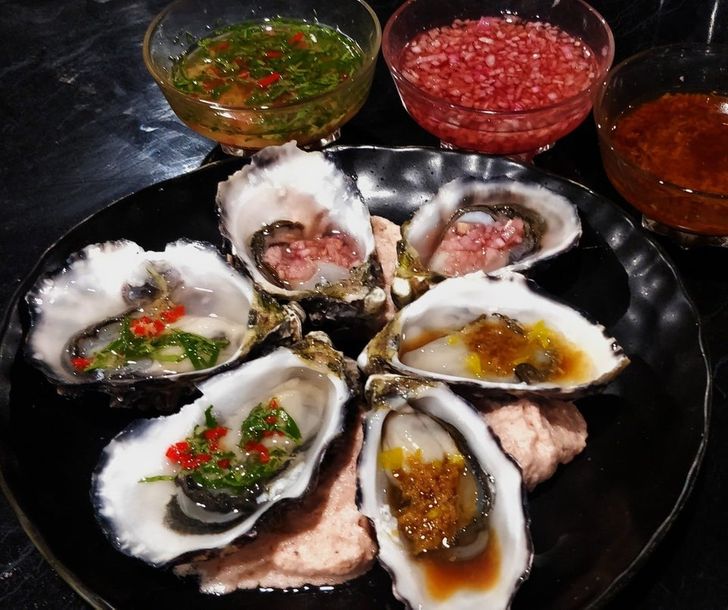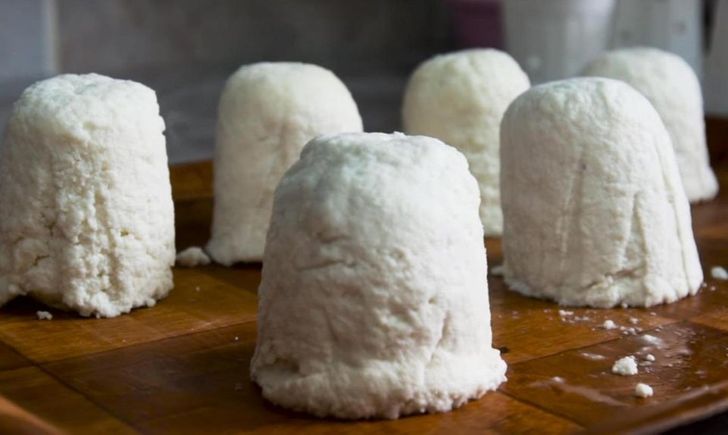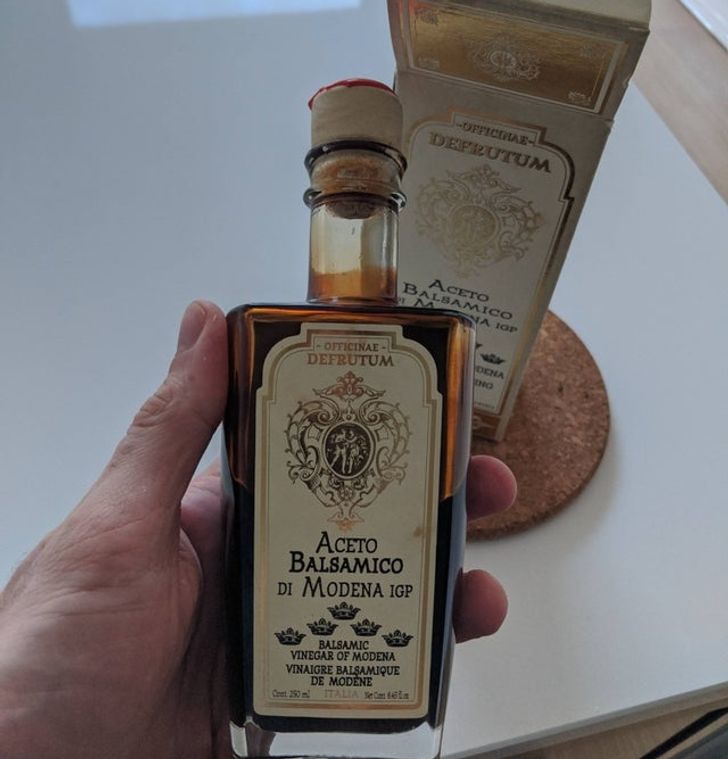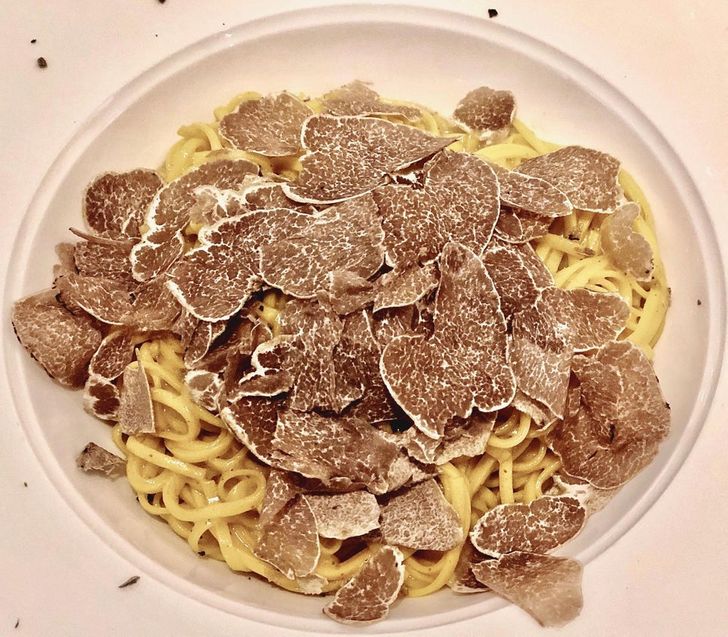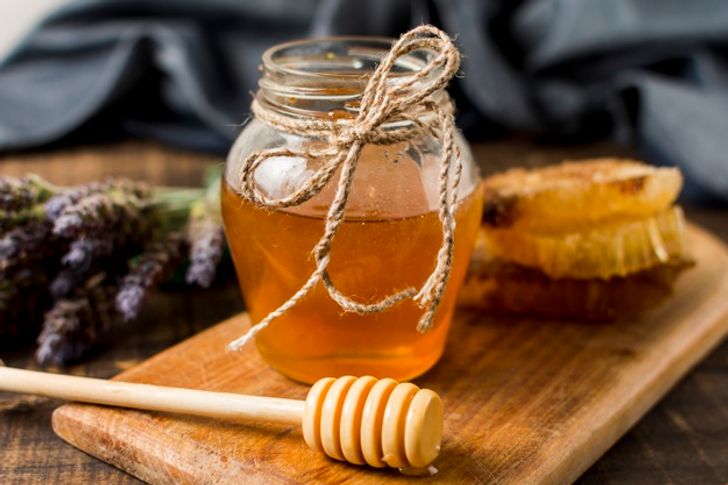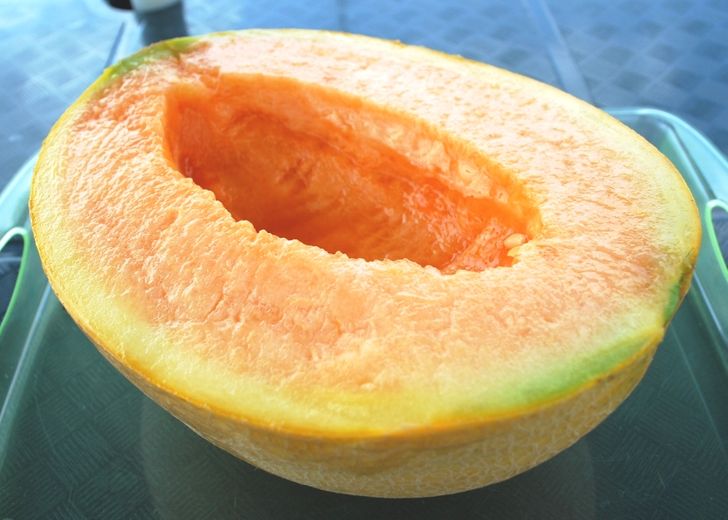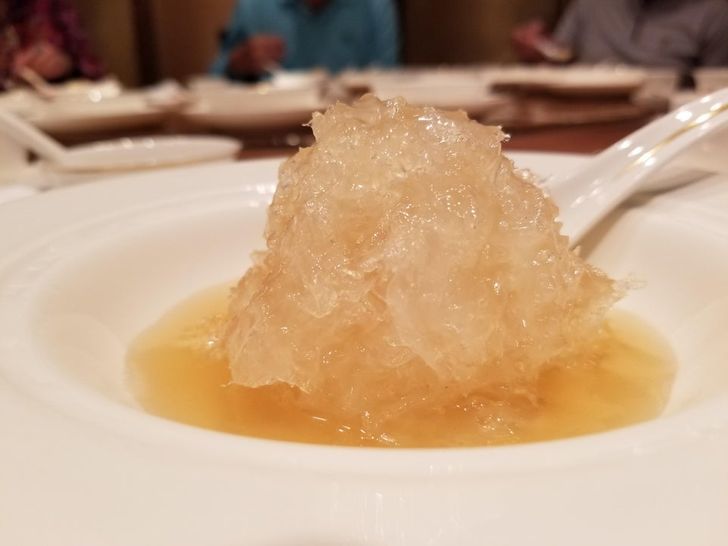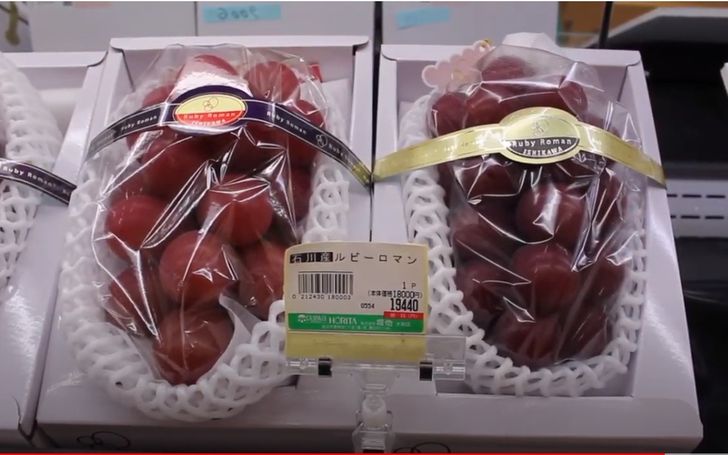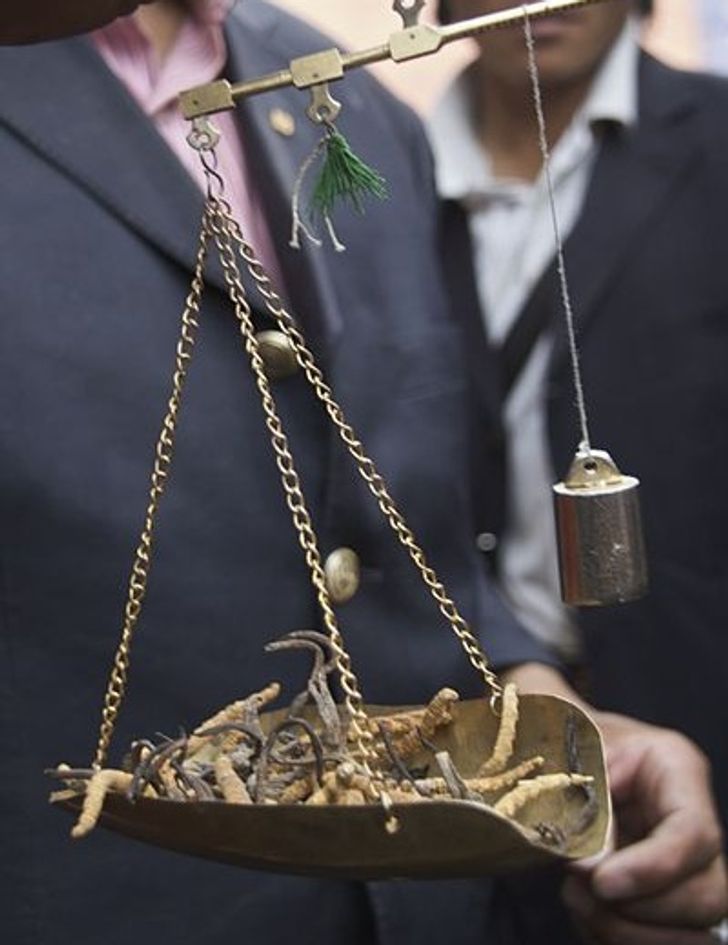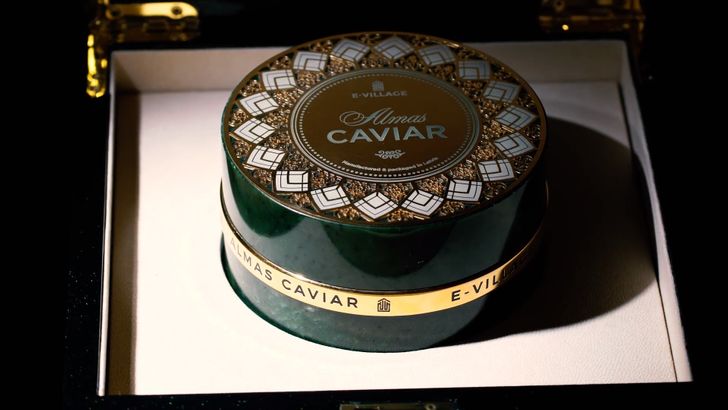No14 let's face it, you basically ate little dinosaur legs hahahah
15 Foods That Cost an Arm and a Leg and We’ve Found Out Why
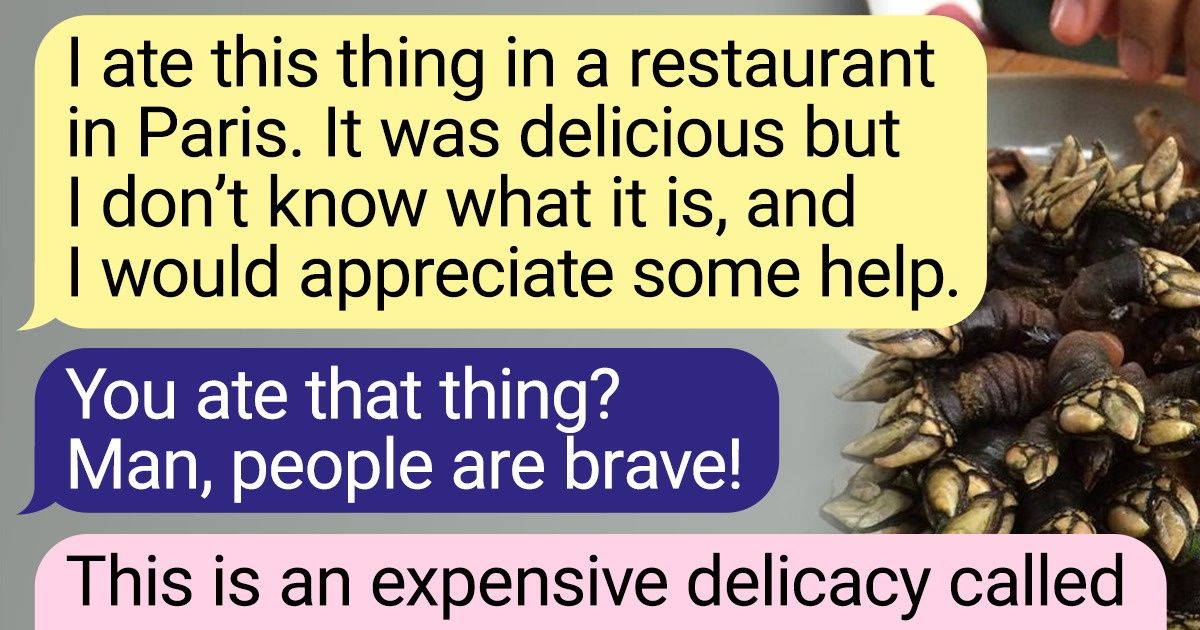
Bright Side editorial decided to figure out whether the most expensive products in the world are worth the hundreds and thousands of dollars spent on them. Also, we decided to find out how these prices are shaped.
15. Jamón Ibérico de Bellota — about $200 per 1 kg (2.2 lbs)
Jamón Ibérico is made from the pigs of a special breed called “cerdo iberico,” also known as “Pata Negra” which literally means “black foot.” Oftentimes, these hams are sold with the hoofs as proof of their genuineness. A sow gives birth to no more than 15 piglets per year, that for the next 2 years are raised on free pasture while they grow up and get fatter. Being able to roam freely helps the fat to distribute in the muscles in thin streaks, instead of getting stored on the top. The biggest part of the piglets’ diet are Bellota acorns — they give the meat a special nutty taste. The hams are dry-cured for no less than one year, some — up to 4 years. All in all, it requires 5 years of constant investment to get this delicacy.
- The aged Jamón Ibérico de Bellota is not nearly as salty as, say, a stagionato/stravecchio Prosciutto di Parma or even jamón serrano. Also, the fat in Ibérico de Bellota does not linger as it does in other cured hams, it dissolves pretty much immediately on your tongue because the fat melts close to body temperature (which is one of the reasons it’s so extraordinary). © tokyorevelation9 / Reddit
14. Goose barnacle — about $300 per 1 kg (2.2 lbs)
Though Goose barnacles are called mollusks, they are actually crustaceans. When in their natural habitat, they stick firmly to rocks and it’s only possible to unstick them by hand, by knocking them off with a sharp knife. Collecting goose barnacles carries a deadly risk: a person can slip on the stones that are covered with wet moss and algae, and fall. The pale-pink meat of this crustacean tastes like something between a lobster and an oyster. They’re eaten either steamed, boiled, or raw.
- You have to basically pop the shell-like part off of the neck, and the inner muscle pulls right out. The flavor was somewhat similar to a clam, I suppose, but less chewy, and they were juicy with what was similar to the liquor of an oyster, but cleaner and less salty. Essentially, I’d say very clean, pure ocean flavor. © Mr_anchovy / Reddit
13. Matsusaka beef — from $400 per 1 kg (2.2 lbs)
This beef is produced in Japan, in the Matsusaka region. The same breed of cows that are used for producing Kobe beef, are the source of this meat, but the conditions to producing it are much stricter. Only virgin female cows, at about the age of 3 and raised on free pasture, can be sold as Matsusaka beef. The animals’ diet consists of yeast drinks, they get a massage with soft rice brooms every day, and every evening classical music is played in their barns to help them sleep better. The meat is permeated with thin fat streaks that are so tender, the phrase “melts in the mouth” stops being a metaphor.
- Matsusaka beef is so phenomenal. Every piece was so flavorful and melty. My girlfriend and I considered going back a second day in a row, but $600 in 2 days on steak alone was definitely a bit much. © peacenchemicals / Reddit
12. Kona Nigari water — $533 per liter (0.25 liquid gallons)
Kona Nigari Water is sold in modest-looking rank-and-file bottles — there are no crystal jugs with gold letters on them. Its uniqueness is not in its packaging, but in where the water comes from — from a mineral spring found at a depth of about 3,000 feet off the coast of Hawaii. According to research, Kona Nigari’s unique composition of electrolytes and minerals restores the body’s water balance quicker and improves a person’s working capacity.
- The Kona Nigari water tastes like bleached hair! © lpk0311 / Reddit
11. La Bonnotte potatoes — about $600 per 1 kg (2.2 lbs)
La Bonnotte potatoes can only be grown on a small piece of land on Noirmoutier-en-l’Île island located in the Bay of Biscay. The sandy soil in this area is fertilized by algae, while the climate is determined by the ocean. The annual crop only yields 100 tons and can only be harvested by hand. The taste of these tubers is a bit salty with the taste of lemon and with a hint of walnuts.
- In France, we make champagne, wine, cheese, foie gras, and yet our most expensive product... is a potato. © TheMAINKUS / Reddit
10. Coffin Bay king oysters— about $900 per 1 kg (2.2 lbs)
It’s not for nothing that Coffin Bay oysters are called king. They have a really impressive size, the perfect texture, and a complex intense taste: both salty and sweet with a long-lasting salty aftertaste. In order to give gourmets a chance to extract an oyster 10 times bigger than a standard one, these mollusks are given the room to grow in the waters of Coffin Bay, off the coast of South Australia, for 6-7 years without hindrance.
- My folks do multiple trips to Vic Market during their week-long stays in Melbourne for Coffin Bay Oysters. Only one stall sells them and they are huge. © unverified_email / Reddit
9. Pule cheese — from $1,000 per 1 kg (2.2 lbs)
They say that Pule cheese tastes like both Manchego and Feta cheese at the same time. Moreover, it’s very healthy. But that’s not what makes it so expensive — it is the limited availability that creates its high price. Pule is made from the milk of Balkan donkeys — an endangered species that only lives in one place in the world — in the Zasavica Nature Reserve in Serbia. There are about 100 animals in the herd, each donkey is milked by hand, and it gives about 300 ml of milk per milking. 2.2 pounds of this delicacy requires 6.5 gallons of milk. The cheese is available exclusively by order.
- I’d probably try it for €5. Get 5 g of it and that’d be enough to say I had it. I wonder if it’s even nice though. © Rorkimaru / Reddit
8. Traditional balsamic vinegar — from $2,000 per liter (0.25 liquid gallons)
Traditional balsamic vinegar (aceto balsamico tradizionale) is produced in Italy in very limited areas and only from local grapes. The grapes get pressed, the extracted juice is then boiled for at least 12 hours, then it’s poured to a big vat with the mother of the vinegar, and is stored for 1 year. After that, the vinegar will be fermented for several years in various barrels, made from different types of trees. Every year, each new barrel will be smaller because a certain amount of the product will evaporate naturally. The vinegar can only be considered ready after 12 years and that will be the cheapest version of this product. The golden aging period starts at 25 years.
- Just before we got to Florence, we stayed in Modena and our landlady gave us the great privilege of trying literally one drop of her 30-year-old vinegar. It remains as one of the food highlights of my life. © Jonny _____ / Reddit
7. White truffles from Alba — from $6,000 per 1 kg (2.2 lbs)
There are, in total, 9 types of edible truffles that grow in Italy and white truffles, especially the ones found in the area not far from the town of Alba, are the most valuable ones. White truffles are especially rare because they lack an outer shell and become fragile and vulnerable to the vagaries of the weather. Additionally, the ones that grow near the aforementioned town have a unique taste due to the composition of the soil that, in some way, has a positive effect on this whimsical mushroom.
-
White truffles have a delicate “smell” and well-balanced taste, and so are used in the most refined dishes, but are more rare and expensive. That’s why restaurants use black truffles.... still good but tastier and cheaper. © Brian_Tonelli / Reddit
6. Peri Bali honey — from $7,000 per 1 kg (2.2 lbs)
This honey, that is also called magical or elven, is expensive not because it’s wild, but because it’s collected from the walls of a cave in the Saricayir Dagi mountain. In order to get this delicacy, help from professional climbers is required because the beehives are located at a high altitude. No more than 45 pounds are taken per year, and even this amount is unstable and depends on the weather conditions.
5. Yubari King melon — from $10,000 per 1 kg (2.2 lbs)
Yubari King is a hybrid type of cantaloupe that only grows in Shizuoka Prefecture in central Japan. The fruits require constant care. Apart from standard thorough care, each of them is wrapped in a special paper as they grow to maintain the perfect mesh pattern. They are then massaged and polished by hand daily. Only melons that look flawless and that contain a certain percentage of sugar are classified as premium, and that is usually only one melon out of 1,000. That’s the very melon that will go on the market as Yubari King.
- When I got married someone gave my wife and I one of these melons. It was all wrapped up and pretty. I was like... “great, a cantaloupe.” My wife and her family just gushed. My MIL put it on the counter for a couple of days and then she opened it up. Seriously, OMG it was the best fruit I’ve ever had. The one we had was green inside and it tasted like the sweetest candy. I really wanted to lick the plate. © unknow author / Reddit
4. Bird’s nest — up to $10,000 per 1kg (2.2 lbs)
Edible bird’s nests have been used in Chinese cuisine for more than 400 years. They are believed to be extremely beneficial to health, as hardened bird saliva is rich in iron, calcium, magnesium, and potassium. The most expensive nests are a saturated red color. They can only be found in caves that are rich in nitrogen fumes. When dried nests are soaked and steamed in water, they partially dissolve and become gelatinous.
- I was really expecting some ungodly (maybe awesome) taste or a foreign flavor that was new to me. But it’s actually tasteless until it absorbs the broth it’s cooked in. It was an interesting experience, but that’ll be the last time I have it. I’ll take my gold bars elsewhere. © fot***asm / Reddit
3. Ruby Roman grapes — $13,300 per 1 kg (2.2 lbs)
Ruby Roman is a type of grape that undergoes the most careful selection before being sold. Only bunches weighing no less than 700 gr will get on the market, each berry in these bunches will weigh no less than 20 g and it will contain more than 18% sugar. By buying a bunch, you’ll be guaranteed to get only big and sweet berries, and you’ll have to pay a lot for this.
- My biggest question I couldn’t figure out was, are they seedless? © unknown author / Reddit
2. Caterpillar fungus — from $18,000 per 1 kg (2.2 lbs)
Caterpillar fungus is also known as yartsa gunbu or Cordyceps Sinensis. These tiny, no bigger than a match, fungi parasitize on a certain type of insects that live in a strictly limited area — high in the mountains of Tibet. It’s impossible to infect larvae with this valuable fungus artificially, that’s why it has to be searched for in the wild. Cordyceps are considered to be a magical healing agent in Chinese medicine. It is used in food as a seasoning for duck or chicken and as an aphrodisiac.
- Check out Cordyceps if you want to see something that is really strange and expensive. It’s more of an herbal supplement than food, but a relatively small amount is worth thousands of dollars. © johnyquest83 / Reddit
1. “Almas” Beluga caviar— from $25,000 per 1 kg (2.2 lbs)
This caviar is truly golden and it’s not just because of its price, but also because of the color of the roe — they look like shiny translucent beige pearls. This caviar is produced from the eggs of a female albino sturgeon who matures at the age of 60-100 years (a standard fish of the same type gets mature at the age of 20). This fish is found in the southern part of the Caspian Sea near Iran, and there are very few species left in nature. The taste of this delicacy is tender, oily, and a bit nutty.
- It’s not just the taste, but also the texture and smell, that determine the value of caviar. In ideal circumstances, caviar has a sea-like, salty, complex minerality to it that fills up your mouth and even your sense of smell, sometimes with a fleeting nuttiness. And then there’s texture, good caviar has distinct, whole, tiny little orbs that each give a slight popping sensation and have a slightly buttery quality. © sagebeard / Reddit
Do you think these products are worth the price? Have you tried any of them? If yes, could you share with us your impressions about them, please?
Comments
Related Reads
10 People Who Show Us the True Power of Kindness

I Refused to Take My Stepdaughter on Our Family Trip

14 People Who Walked Straight Into Awkward Moments

My BFF Invited Me to Her Baby Shower, It Turned Into My Worst Nightmare

15+ Raw Stories About Jealousy That Can Leave You Speechless

I Walked Out of the Family Reunion After My Stepdaughter Handed Me a List of “Rules”

I Refused to Let My MIL Own My Family Budget, Now My Marriage Is on Thin Ice

My MIL Mocked Me at My Husband’s Birthday Party—I Gave Her a Brutal Reality Check

I Helped a Friend Have a Child — Now He Wants a Relationship I Never Agreed To

My DIL Excluded Me From Our Family Trip Photos—But She Didn’t Expect My Revenge

15 Stories That Prove a Small Spark of Kindness Can Light Up a Fading Soul

I Refuse to Pick Up My Ex’s Daughter, I’m Not an Emergency Driver

